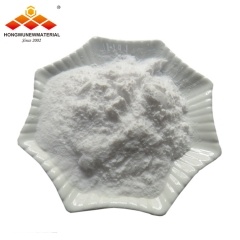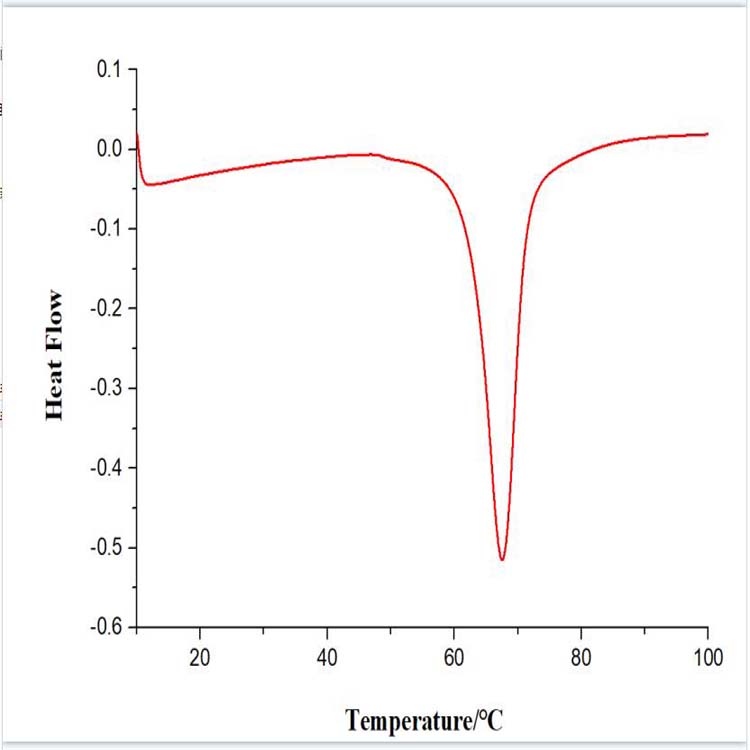Nelumbo nucifera is considered to be a symbol of purity, this saying stems from the unique "lotus leaf effect": water droplets can freely fall on the surface of the lotus leaf, while carrying away the dust and impurities on the surface.The self-cleaning effect of lotus leaves is closely related to its superhydrophobicity.Through the observation and analysis of the surface structure of lotus leaves, the researchers revealed that the micron and nanometer structure of the surface of lotus leaves is the key to the superhydrophobic and self-cleaning effects.This discovery has important significance for bionics: by imitating the surface structure of lotus leaves, people can prepare artificial super hydrophobic surface, and thus derive a lot of practical applications, such as waterproof and dustproof building surface, antifouling clothing and so on.

In recent years, due to the "lutos effect", super-hydrophobic nanostructured materials with a contact angle of more than 150° with water have attracted great attention from the scientific community.
Some researchers have studied the formation of biomimetic superhydrophobic surfaces from arrayed carbon nanotubes (ACNTs). Later, some people studied the superhydrophobic surface composed of nano TiO2 and ZnO, extending from single ACNTs to other nanomaterials, which is an important advancement in the study of bionic superhydrophobic surfaces.
The super-hydrophobic nano-TiO2 surface with good light transmittance was prepared by sol-gel method and self-assembly. They first obtain an ideal surface roughness by adjusting the microstructure of the sol-gel, and then self-assembling chemical modification of the surface by introducing fluorine-containing functional groups to reduce the surface energy, thereby obtaining a superhydrophobic surface.
The super-hydrophobic nano-TiO2 surface with good light transmittance was prepared by sol 2 gel method and self-assembly. They first obtain an ideal surface roughness by adjusting the microstructure of the sol-gel, and then self-assembling chemical modification of the surface by introducing fluorine-containing functional groups to reduce the surface energy, thereby obtaining a superhydrophobic surface.
These are all researches on nanoscale superhydrophobic materials in the laboratory.
There is still more work to be done to produce superhydrophobic nanomaterials at lower cost and higher efficiency, but there is no doubt that the market needs more affordable nano-hydrophobic materials.


 English
English français
français Deutsch
Deutsch русский
русский italiano
italiano español
español português
português 日本語
日本語 한국의
한국의 Türkçe
Türkçe


















 8620-87226359,8620-87748917
8620-87226359,8620-87748917

